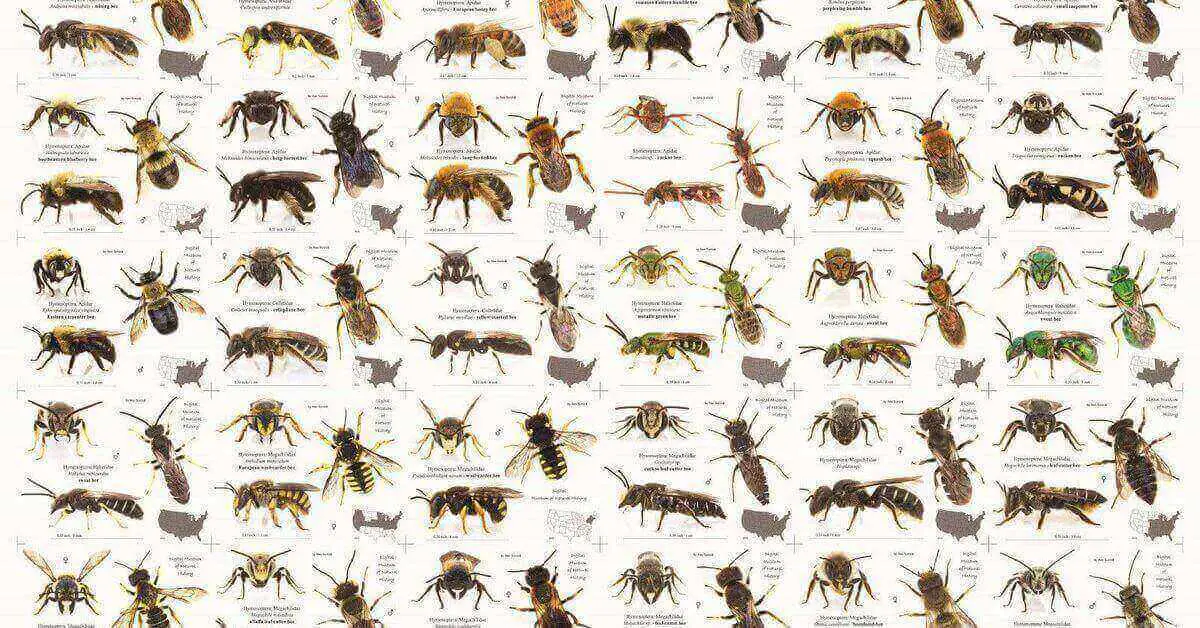Bees are fascinating creatures, but a sting from them can be painful and alarming, not just for humans but also for our beloved feline friends. Cats, curious by nature, may inadvertently encounter bees, leading to stings on various parts of their bodies. In this comprehensive guide, we will explore the causes, symptoms, treatment, and recovery process for cat stung by bee. Whether it’s a sting on the paw, mouth, leg, or chin, we will cover it all to ensure your furry companion’s well-being.
Causes and Symptoms of Bee Stings in Cats
A cat’s curious nature might lead them to explore the outdoors, including gardens or areas where bees are buzzing around. When a bee feels threatened, it might sting to defend itself. Common signs of a cat being stung by a bee include:
Paw Sting
Cats may display signs of discomfort, limping, licking, or biting at the affected paw.
Mouth Sting
If stung in the mouth, cats may drool excessively, paw at their mouth, or have difficulty eating.
Leg Sting
Swelling, redness, and tenderness may be noticeable if the bee stings the cat’s leg.
Chin Sting
Cats might scratch or rub their chin repeatedly if stung in that area.
Steps After Cat Bee Sting
If you suspect your cat has been stung by a bee, here are the immediate steps to take:
Check for the Sting
Inspect your cat’s body to locate the sting if possible. Remember, the bee’s stinger may still be attached and should be removed with care to prevent further venom release.
Stay Calm
Your cat might be agitated or in pain, so it’s essential to remain calm and avoid startling them further.
Clean the Area
Gently cleanse the affected area with a mixture of mild soap and water to reduce the risk of infection.
Treatment for Bee Stings in Cats
The following steps will help ease your cat’s discomfort and speed up their recovery:
Apply Cold Compress
Use a cold, damp cloth or an ice pack wrapped in a towel to reduce swelling and numb the pain.
Administer Antihistamines (Under Veterinary Guidance)
Antihistamines can help alleviate allergic reactions, but never give your cat medication without consulting a veterinarian first.
Observe for Allergic Reactions
Watch for signs of severe allergic reactions, such as difficulty breathing, hives, or excessive swelling, and seek immediate veterinary assistance if noted.
Cat Bee Sting Recovery Timeline
The recovery period can vary depending on the severity of the sting and your cat’s individual response. Generally, most cats recover within a few days to a week. During this time, observe your cat closely and provide them with a comfortable and quiet space to rest.
Keeping Your Cat Comfortable
After a bee sting, your cat might feel lethargic or sleepy. Allow them to rest and ensure they have access to fresh water at all times. Offer their favorite treats or a warm, comforting bed to aid their recovery.
Cat stung by wasp
When a cat gets stung by a wasp, it can be a distressing experience for both the feline and its owner. Understanding the implications of wasp stings on cats and the differences between wasp and bee stings can aid in providing appropriate care and treatment for our furry companions.
Related Posts:
- What to Do if Your Dog Gets Stung by a Bee?
- Quick Relief and Care for Your Dog’s Bee Sting
- What is a Queen Bee
Monitoring Your Cat’s Health
While most bee stings in cats are relatively mild, it’s crucial to keep an eye on your furry companion’s health even after they have recovered. If you notice any of the following signs, seek immediate veterinary care:
Persistent swelling, redness, or pain at the sting site.
Continuous lethargy or weakness.
Difficulty breathing or coughing.
Loss of appetite or refusal to eat.
Excessive vomiting or diarrhea.
Conclusion
A cat stung by a bee is a situation that requires prompt attention and care. By being aware of the causes, symptoms, and necessary treatment, you can ensure your feline companion’s well-being and help them recover swiftly. Remember always to consult with a veterinarian for proper guidance and to rule out any potential complications. By being proactive and attentive, you can provide your cat with the support they need during this time, leading to a happy and healthy furry friend in no time.




